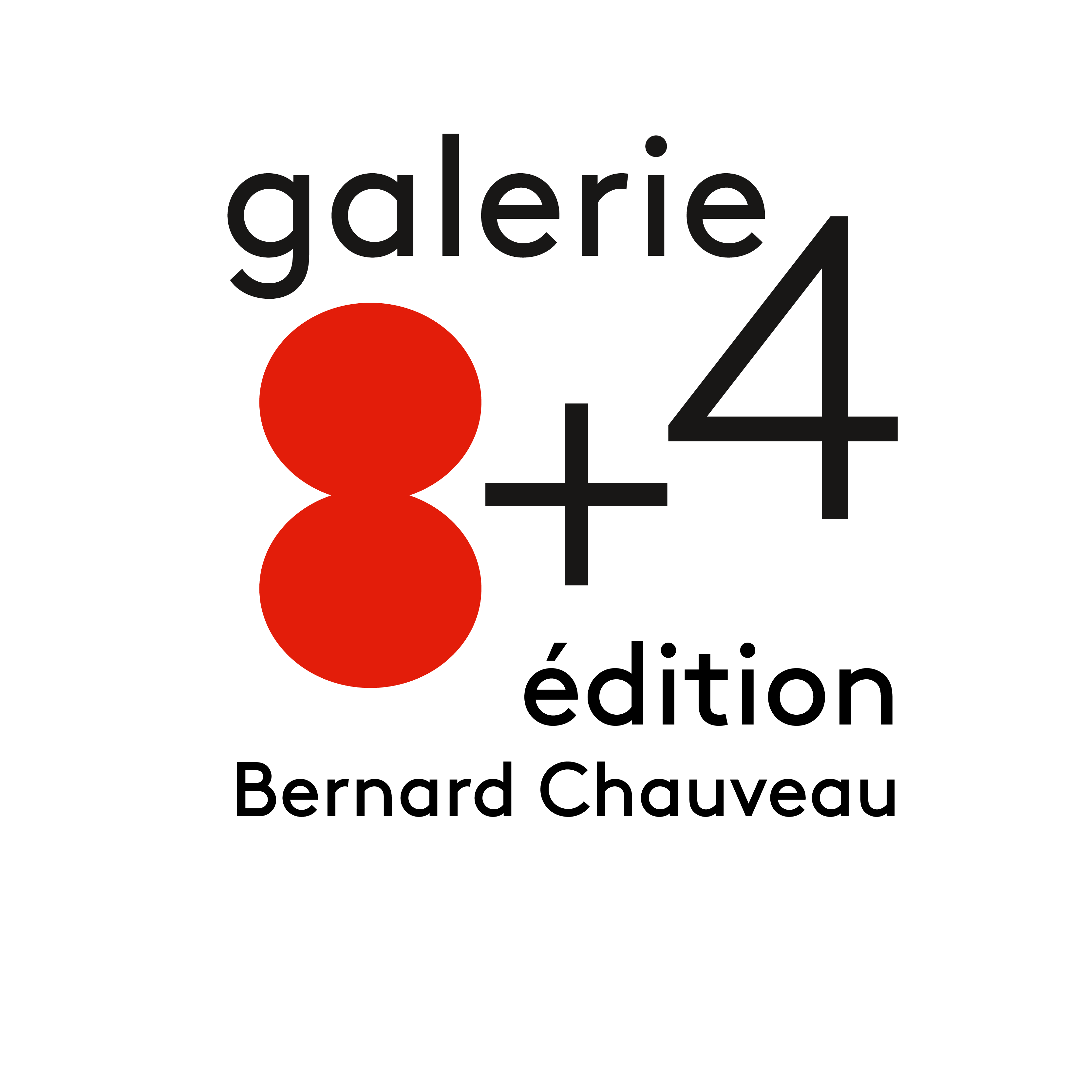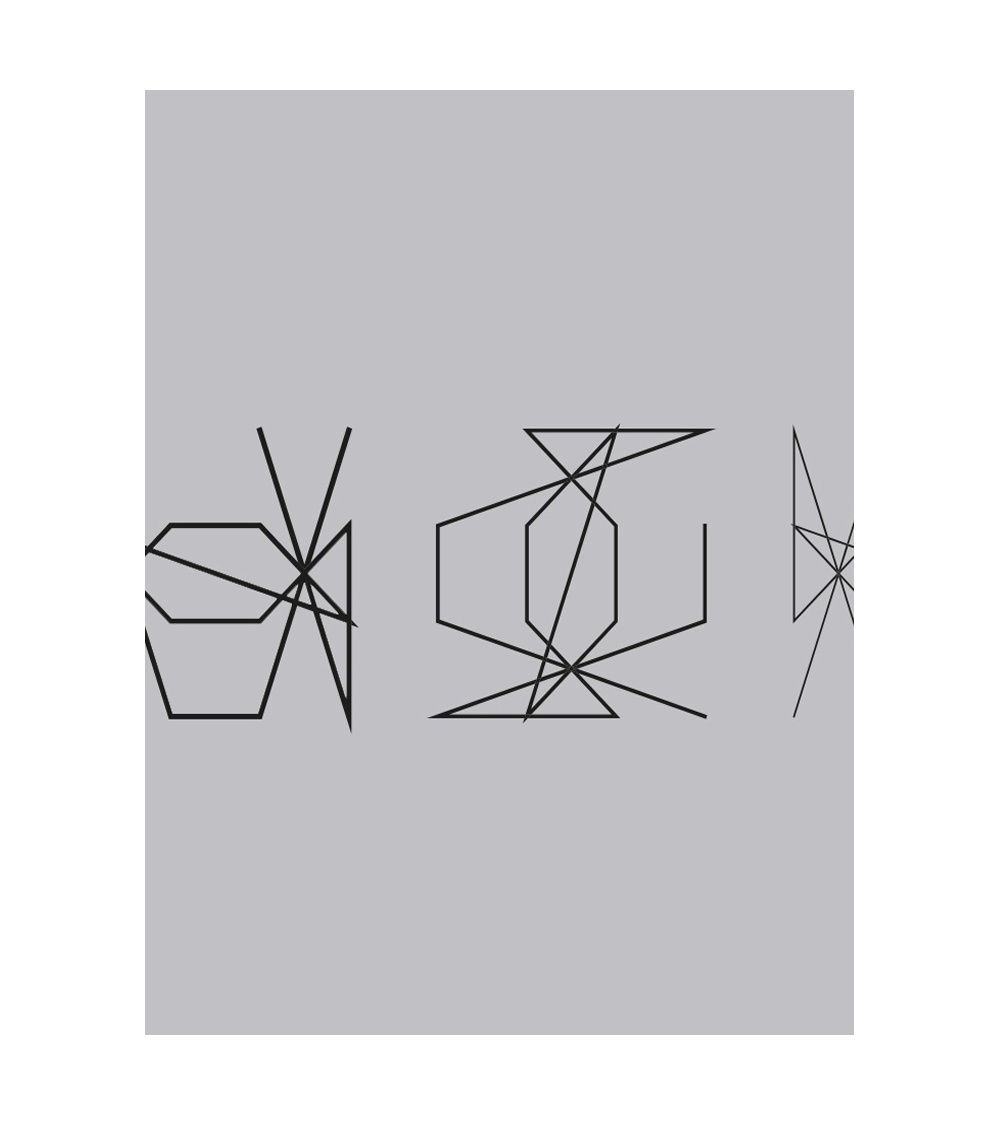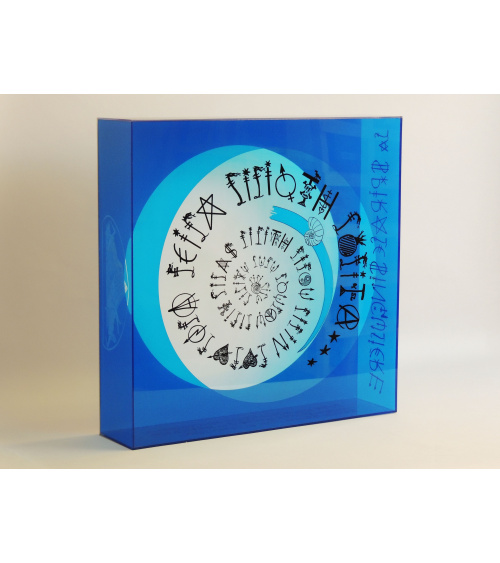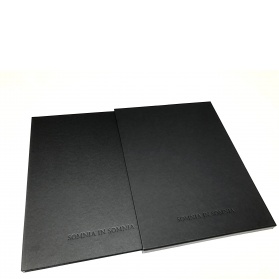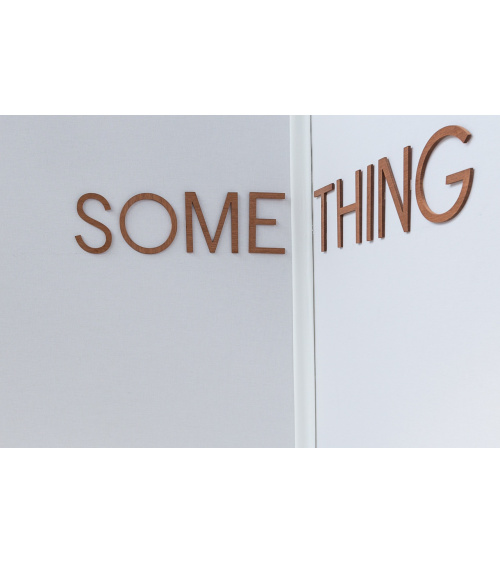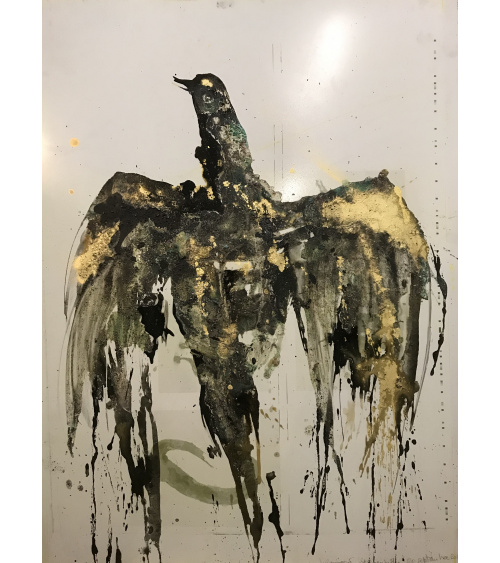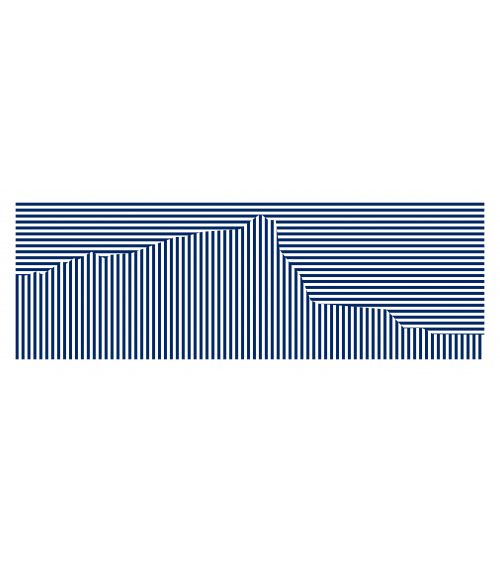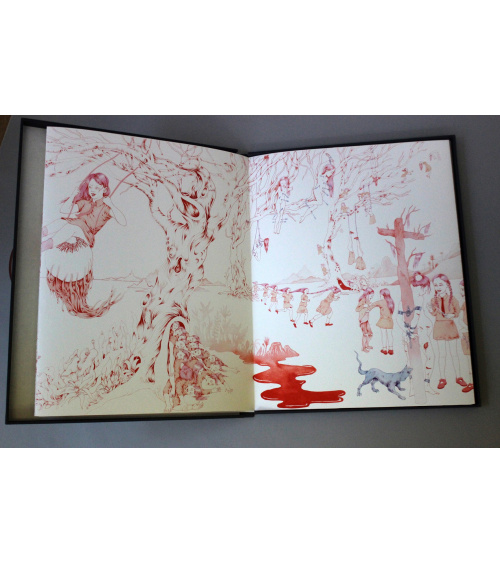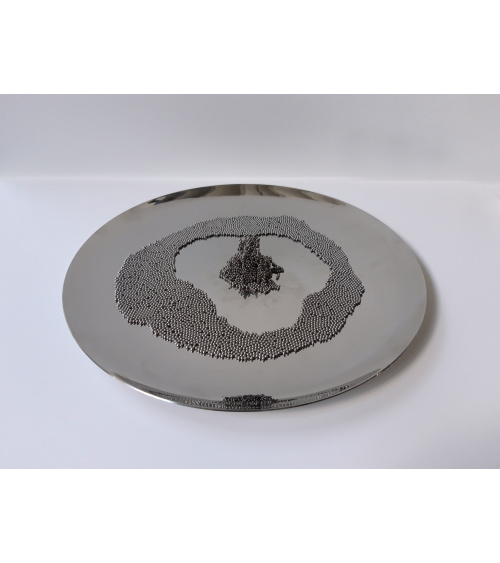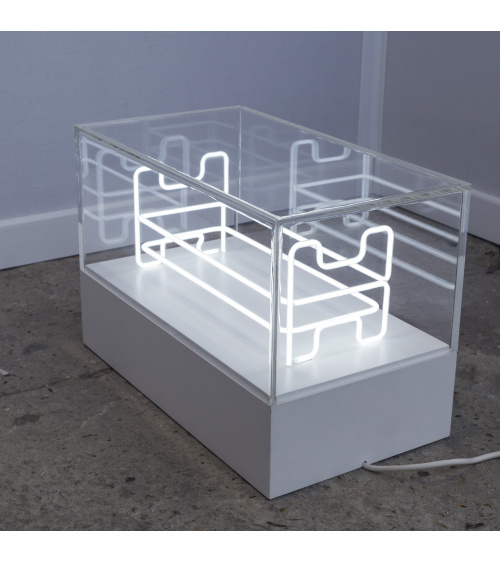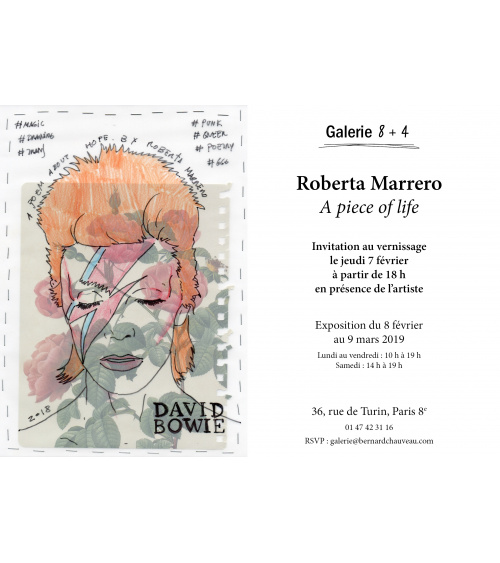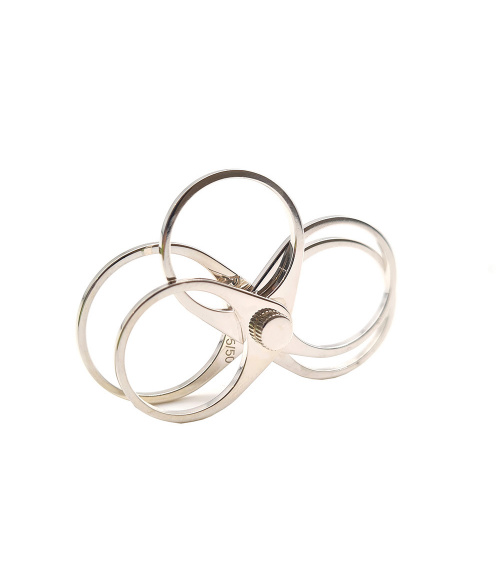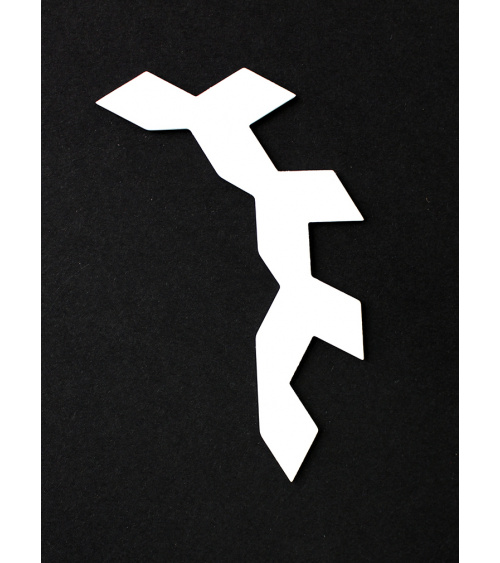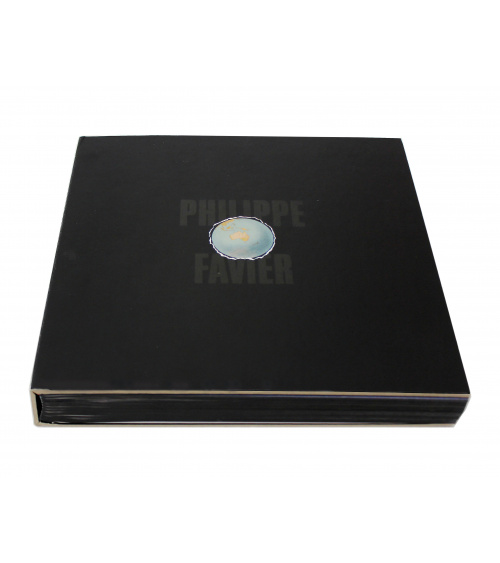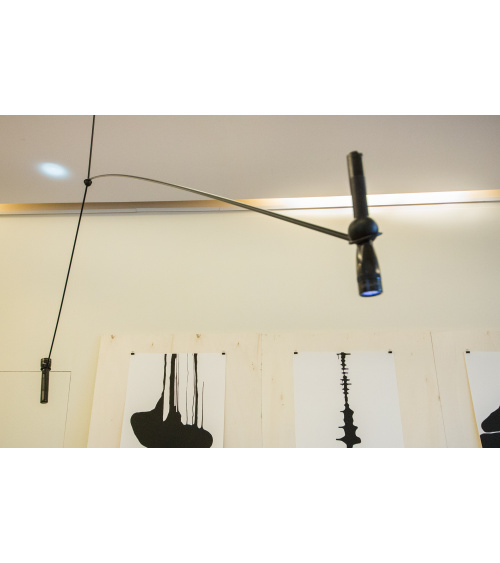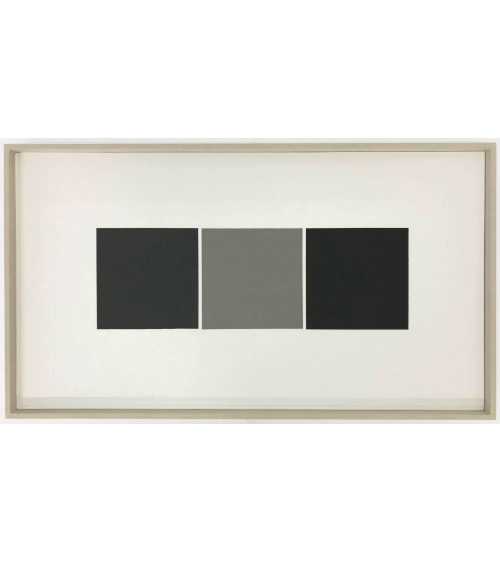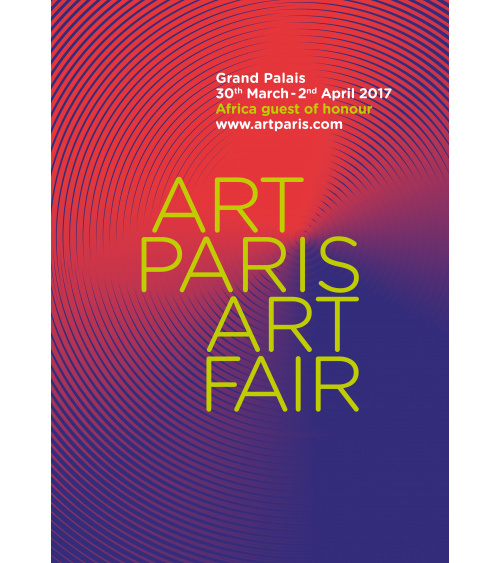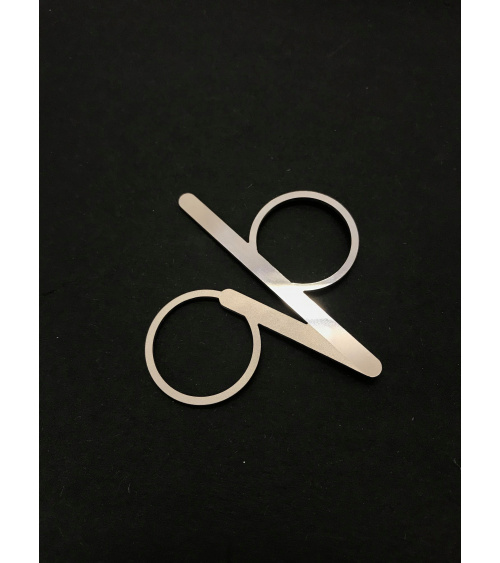Vera Molnar - Genèse d'un carré magique
Inspired by Dürer’s etching “Melancolia”, Vera Molnar continuously interrogates a square filled with numbers of which the sum never changes. She appropriates it and attempts to reveal its secrets.
A 1514 etching by Dürer named « Melancholy » represents a magical square that Vera Molnar discovered when she was a child. Composed by numbers from 1 to 16, disposed on 4 lines and 4 columns, the magical square has a particularity: the sum of every column, line and diagonal is equal to 34.
Since her childhood, the artist has never stopped interrogating that mysterious object and playing with it, in her art. This way, she tries to reveal the many surprises that the square holds for those who try to discover its secrets.
Genesis of the magical square is a tribute to Dürer, 500 years after he created his etching. The sixteen numbers are bound according to a precise sequence, each step binding a number to the next one: from the first to the second, then the first to the second and third etc. until the first is bound to the sixteenth.
In this sequence, the artist offers two variations: at each step, the drawing that appears is moved 45 degrees and the lines get thinner and thinner.
The magical square still has secrets to reveal!
Data sheet
- Size
- 200 x 33 cm
- Justification
- Edition limitée à 1é exemplaires avec certificat numéroté et signé
- Technique
- Sérigraphie sur aluminium anodisé avec châssis
Molnar (Véra)
1924 Vera Gács born on 5 January in Budapest (Hungary).
1942-1947 Studies painting, art history and aesthetics at the Budapest School of Fine Arts, alongside Ferenc [François] Molnar, Judit Reigl, Marta Pan, Simon Hantaï; diploma as professor of art history and aesthetics.
1952 Participates in first group exhibition at Galerie Bourlaouën, Nantes.
1957 Meets Jesús Rafael Soto and François Morellet.
1960 Takes part in the group exhibition Konkrete Kunst organised by Max Bill in Zurich; becomes a member of the Centre de recherche d'art visuel (CRAV).
1967 Co-founder of the Art et informatique group at the Institut d'esthétique et des sciences de l'art in Paris.
1968 First works produced with the help of a computer; trip to the United States.
1973 Takes part in the first international digital art exhibition in Paris.
1974 Develops the MolnArt digital programme with François Molnár.
1975 Becomes a member of the Atelier de recherches techniques avancées (ARTA), Centre Pompidou, Paris.
1976 First solo exhibition at the Gallery Polytechnic of Central London, London.
1979 First solo exhibition in France at the Atelier de recherche esthétique, Caen.
1980 Publication of first "livrimage", Un pour cent de désordre.
1985-1990 Teaches at the UER Arts plastiques et Sciences de l'art, Université Paris 1 - Panthéon Sorbonne.
1990 First installation, Homage to Dürer, Stiftung für Konkrete Kunst, Reutlingen.
1993 Death of François Molnár; exhibition with Gottfried Honegger, La Quadrature de l'art, Cloître du CRDP Poitou-Charentes, Poitiers.
1999 Solo exhibition at Crédac, Ivry-sur-Seine.
2001 Solo exhibition at the Musée de Grenoble.
2004 Retrospective exhibition at the Wilhelm-Hack-Museum, Ludwigshafen.
2006 Retrospective exhibition at the Kunsthalle Bremen.
2009 Participation in the group exhibition Digital Pioneers, Victoria and Albert Museum, London.
2010 Participation in the group exhibition On Line: Drawing Through the Twentieth Century at MoMA, New York.
2012 Retrospective exhibition at the Musée des Beaux-Arts de Rouen and the Centre d'art contemporain de Saint-Pierre-de-Varengeville.
2013 Participation in the group exhibition Dynamo (with Agam, Calder, Cruz-Diez, Kapoor, Le Parc, Morellet, Soto) at the Grand Palais, Paris.
2017 Participation in the group exhibition Thinking Machines, Art and Design in the Computer Age, 1959-1989 at MoMA, New York.
2018 AWARE Prize of Honour; solo exhibition at the Musée des Beaux-Arts, Caen.
2019 Exhibition "Code and Algorithm. Tribute to Véra Molnar" at the Vasarely Museum in Budapest.
2020 "Disorder in Order" exhibition organised at the Kiscelli Múzeum in Budapest.
2021 "Pas froid aux yeux" exhibition at the Espace de l'Art Concret in Mouans-Sartoux, then at the Musée des Beaux-Arts in Rennes; "Elles font l'abstraction" exhibition at the Centre George Pompidou in Paris featuring works by Véra Molnar.
2022 Group exhibition "The Milk of Dreams" as part of the 59th Venice Biennale; first NFT "2% de désordre en coopération"
2023 Exhibition "Code: Art Enters the Computer Age" at the Los Angeles County Museum of Art; "Moviment" festival, exhibition of diaries at the Centre Georges Pompidou in Paris; launch of the NFT series "Thème et variations"
December 2023 Death of the artist in Paris
No customer reviews for the moment.
